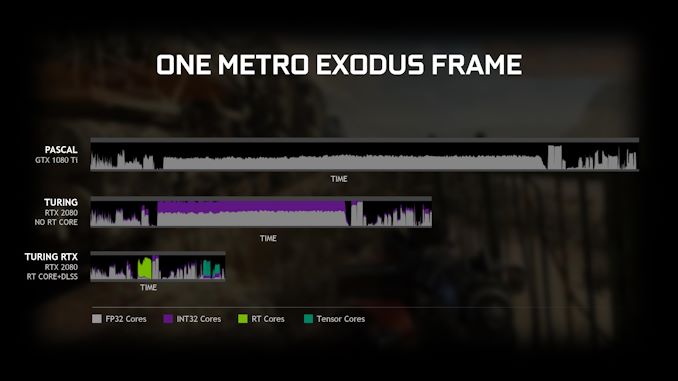So does that go for all RTX implementations, or only this specific one? The driver creates the BVH tree, and the RT cores are able to accelerate traversal of that BVH structure, which would otherwise have to be done with shaders.. right? So it's not just ray intersection/hit testing..?No. BVH trees are created on the CPU on RTX too (PowerVR does this on their RT unit though, IIRC). Turing RT cores accelerate ray intersecetion / hit testing on those BVHs the CPU built.
My question is then, if this is using the RT cores why is there such a gulf between this implementation and what Nvidia and their partners are doing in other implementations? Comparatively this is relatively limited in scope. Single light source (sun), only vehicles shadows are being ray traced as far as I know.
I guess maybe limitations of the API? (DX11 vs DXR)

